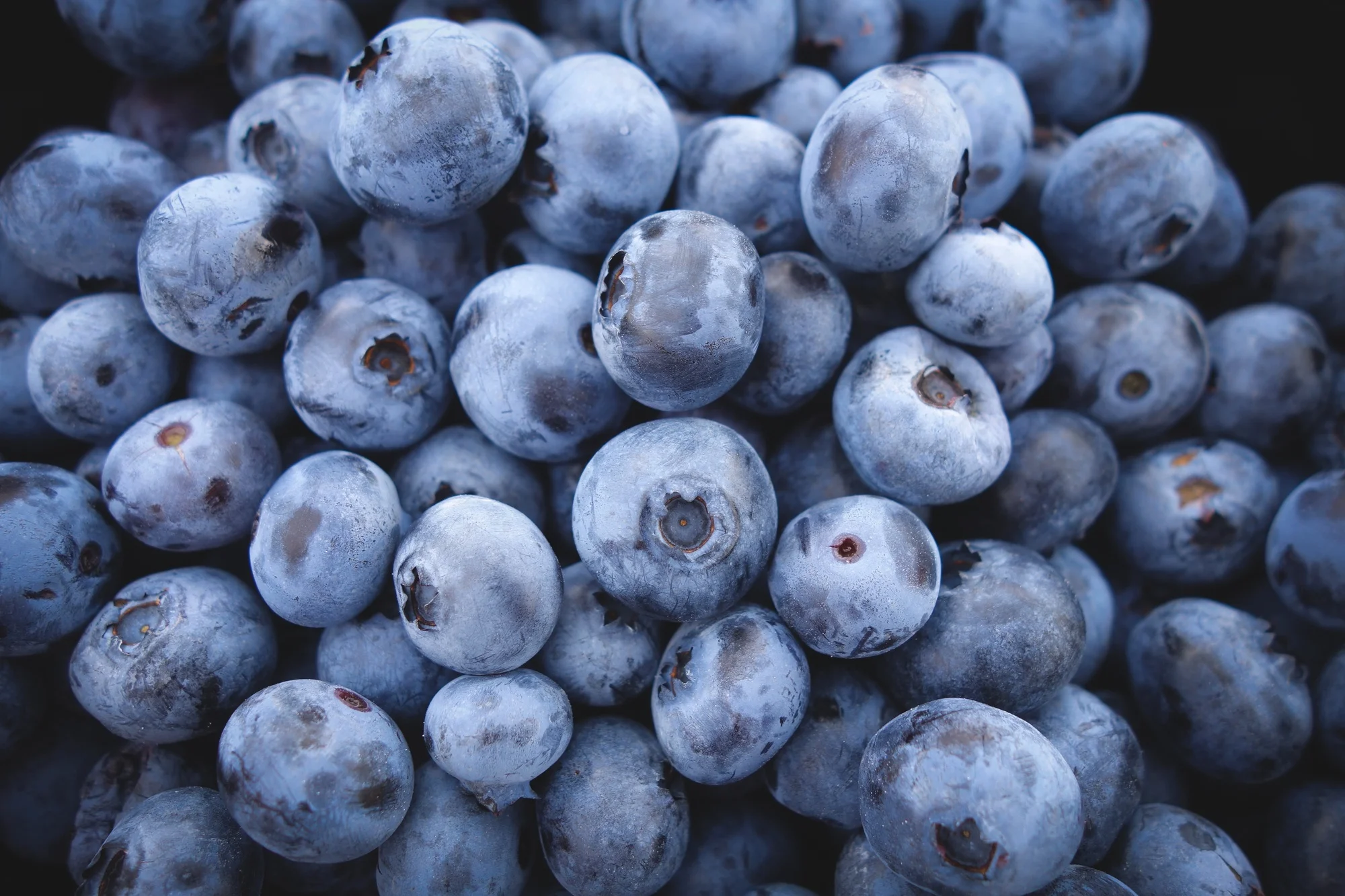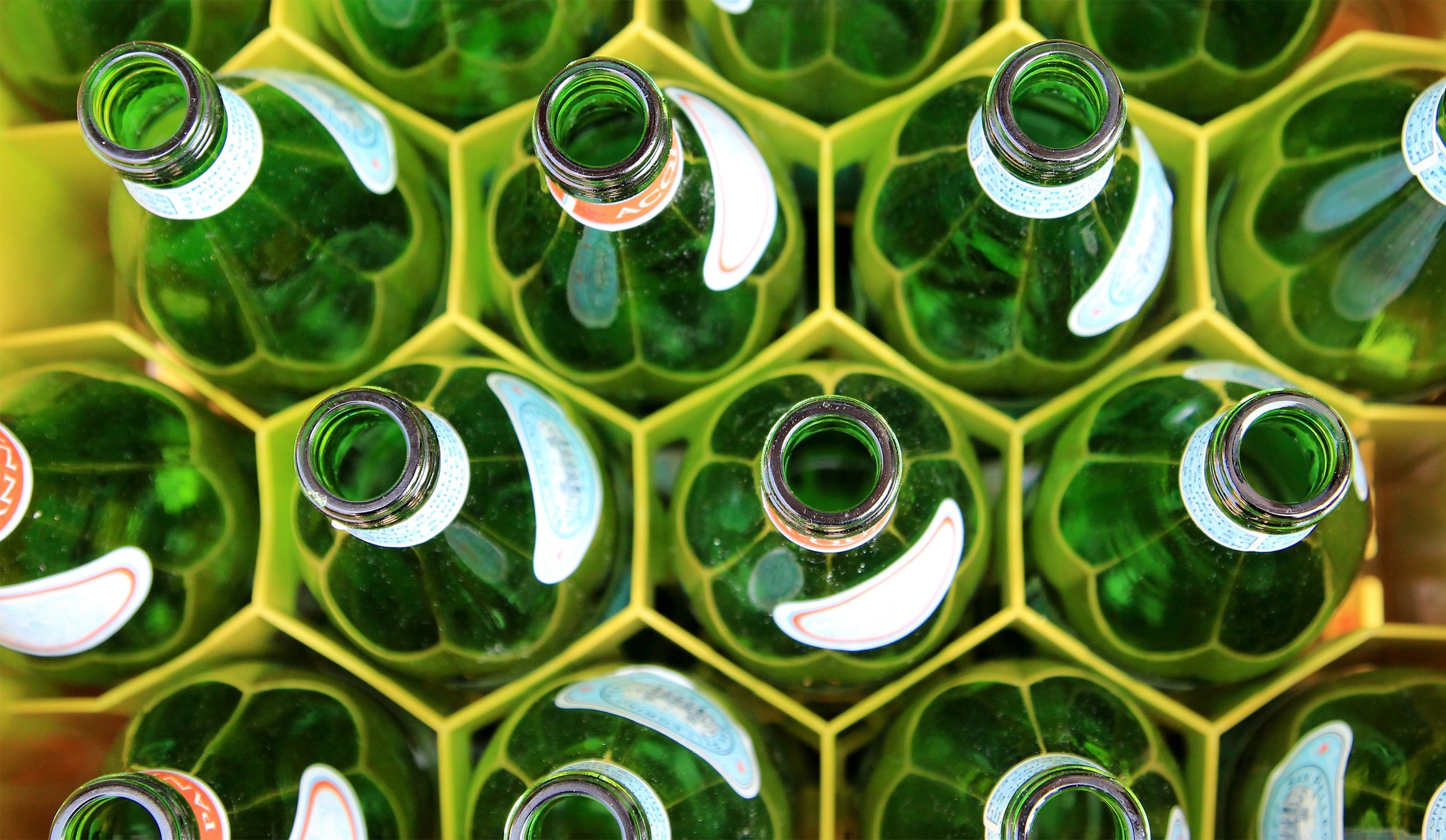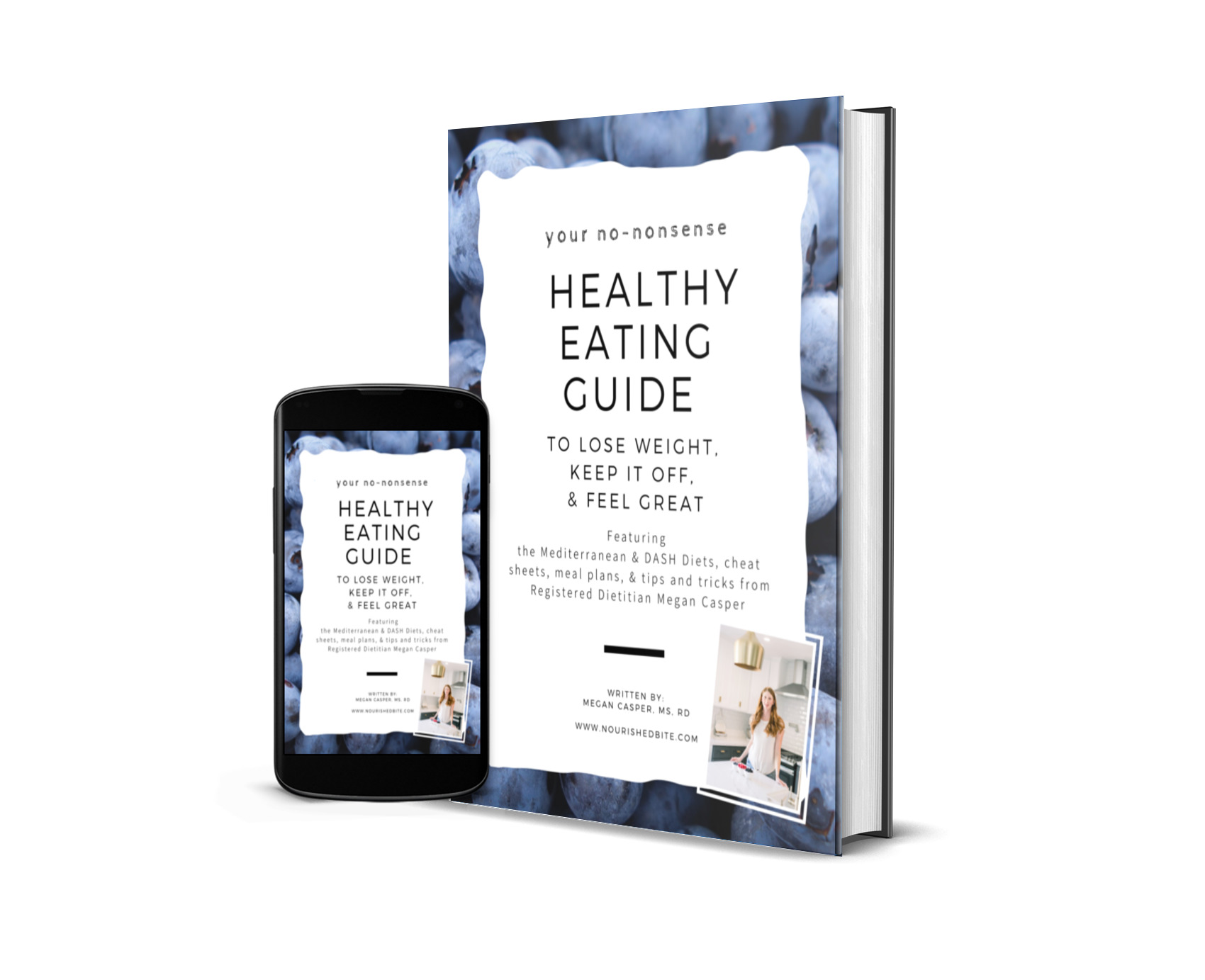Should You Avoid Plastic Food Containers?
/You’ve probably heard about BPA and vaguely know your water bottle or your baby’s bottles shouldn’t have it. Have you ever wondered if other plastics are safe, or if it’s really worth it to avoid plastic containers?
Finding answers to these questions can be pretty tough. The FDA says plastic, and the things that make them, like BPA and phthalates, are safe, yet research is constantly coming out stating the contrary.
I dove deep to try to find some answers!
How does plastic get into our food?
We store food in plastic, prepare it on plastic, and cook it in plastic, so there are a lot of points of contact that can cause what is called “leaching” or “migration” of chemicals from plastic to food. Industry papers note that no food container is is completely free from leaching, although leaching can be more common and harmful from some types of packaging (aka: plastic) than others (like glass).
Food can be a pretty volatile substance: acids in foods like lemons and tomatoes can corrode containers. Fats and oils can cause plastic to leach more quickly. Soda corrodes your teeth, so imagine what it could do to a piece of plastic? Heated plastic leaches chemicals 55 times faster, so whether you’re reheating a plastic plate in the microwave, putting hot food in a storage container, or using a plate that’s been run through a hot dishwasher, you’re upping your chance of chemical leaching.
What are BPA and phthalates?
There are many types of plastics. Substances are frequently added to plastic to help shape it, stabilize it and change its flexibility.
You’ve probably heard about BPA (bisphenol-A), a substance added to plastic to form polycarbonate plastics - a popular type of plastic because it’s clear, rigid, heat-resistant and hard to break. Phthalates are another common substance added to plastics to make them soft and flexible.
Where can BPA and phthalates be found?
Just like plastic, BPA is everywhere. Polycarbonate plastics, which are made using BPA, are used in everything from reusable water bottles, plastic plates, food storage containers and even the receipt you grab at the grocery store. Metal cans are lined with BPA-based liners so food cannot corrode cans and leach metal. Many paper cups are also lined with BPA containing liners, to keep your coffee from leaking through too quickly. Look for the code on the bottom of a container. If it has a number from 3 to 7 it may contain BPA. Wondering if you’ve been exposed? A national survey, NHANES, found that 93% of people six years and older had BPA in their urine.
Phthalates are a group of chemicals found in a wide, wide array of products, and it can be tricky to know if they’re in any given one. They can be found in the air, the dust in our homes, drugs, food, plastics, water, and cosmetics. Per the FDA, phthalates are a used in “hundreds” of products, like toys, detergents, food packaging, pharmaceuticals, blood bags, and personal care products, like nail polish, hair sprays, soaps, shampoos, perfumes and other fragrances. Since 2008, some forms of phthalates have been removed from children’s toys, and some countries have gone further and banned them in packaging.
When avoiding plastics with phthalates look out for polyvinyl chloride, PVC, or the number 3 on the bottom of packaging. While the Fair Packaging and Labeling Act (FPLA) requires phthalates to be labeled on a package, it is not required to be labeled if it’s in the form of fragrance. Due to this, many people who try to avoid phthalates chose to buy packaging without added fragrance.
Another way to check out a product? Download the “Think Dirty” app which tells you which chemicals are in many common household products and if they’re good or bad for you. I’ve noticed that many of the times they’re ranked the worse it’s because of their use of fragrance.
What makes plastic so dangerous?
Plastics are all tested and are expected to be stable during everyday use. The FDA considers BPA to be safe. It’s estimated that the average daily intake of BPA is 4000 times less than the U.S. Environmental Protection Agency finds acceptable. It also considers the health effects of phthalates to be “negligible”.
On the other hand, research has found all sorts of odd things to be associated with exposure to BPA. BPA and phthalates can mimic human hormones, which is why they are called “endocrine disruptors”. The endocrine system affects a wide array of activities in our bodies such as metabolism, growth, reproduction, immunity and sleep - all systems you want working at 100%.
While levels of these chemicals found within humans are thought to be at acceptable and safe levels, lots of research over the last few years finds the contrary.
If a plastic is labeled BPA-free is it safe?
Eeeh, maybe?
One recent study bought over 450 products from various stores like Walmart and Whole Foods. They then put them through ordinary wear and tear by microwaving, dishwashing and exposing them to sunlight. More than 95% of these plastics, which had all been labeled as BPA-free, emitted chemicals that acted like estrogen, just like BPA. So while BPA is on it’s way out, the fact is that the replacements to BPA just haven’t been studied as well and may have similar effects. In fact BPS, a popular plastic replacement for BPA in water bottles, does not have to be labeled and once ingested behaves much the same way as BPA.
What are some potential health effects?
One of the reasons we can’t say for certain that these chemicals are harmful is due to how difficult it can be to test. Many trials are done on animals, which have slightly different metabolisms and reactions than our own. In human trials, much of the research done is in large population studies rather than the more definitive controlled trials. You can’t lock a human in a plastic free world - remember it’s everywhere - and see how they fair. Other studies note that there is no database for the BPA content in foods, making it hard to correctly calculate daily exposure and exposure over time.
So many of the studies linked below note associations between BPA and something else. That’s just how science does its thing. Click through on the condition to read the research article.
BPA and other hormone disruptors like phthalates have been linked to higher blood pressure (within hours of drinking from plastic vs a glass cup), obesity, diabetes, and inflammatory bowel disease. It may cause early puberty and reduce sperm counts and fertility.
Hormone disruptors can be especially worrisome for developing fetuses and the young. One study found that when BPA was passed from the mother during pregnancy, it caused inflammation along the digestive tract and liver, which can be a sign of chronic inflammation. They also noted the bacteria found in the gut was altered, and we know such changes have been linked from everything from allergies to depression to weight gain. Another study found a connection between autism and high levels of BPA.
This list is by no means comprehensive. But in a way, does it need to be? We know that plastic does leach from containers. We know that BPA seems to be doing something, as does it’s replacements. And either way, we can do something about it, by using more products that aren’t made of or lined with plastic.
So what can you do to avoid BPA and other plastics?
Water bottles: Switch from a reusable plastic bottle to one made from stainless steel or glass.
To-go cups: If you’re like me you probably thought grabbing a paper cup was better for you and the environment but sorry folks - paper cups are also frequently lined with BPA. Solution? Bring your own reusable stainless steel mug. (I even see people bringing these to bars now!)
Canned goods: Buy fresh and frozen fruits and vegetables instead of canned goods.
Receipts: Try to skip taking a receipt. Many are lined with BPA.
Plastic wrap: Avoid plastic wrap and use parchment paper, glass storage containers, or Bee’s wrap instead.
Soda: Another point against soda - cans also contain BPA, so kick this habit to the curb or only drink sodas in glass bottles.
Microwave: Make sure to take food out of storage containers and place on a glass or ceramic plate before reheating.
Storage: Consider recycling your plastic tupperware and using glass containers.
Coffee pot: Unfortunately hot water goes passed a lot of plastic in most coffee machines. Consider using a french press.
What do you think? Will you be swapping anything out? Let me know your thoughts below!
*Anything purchased through Amazon from my site will give me a small commission, which helps with the running of this site and the creation of future materials.



